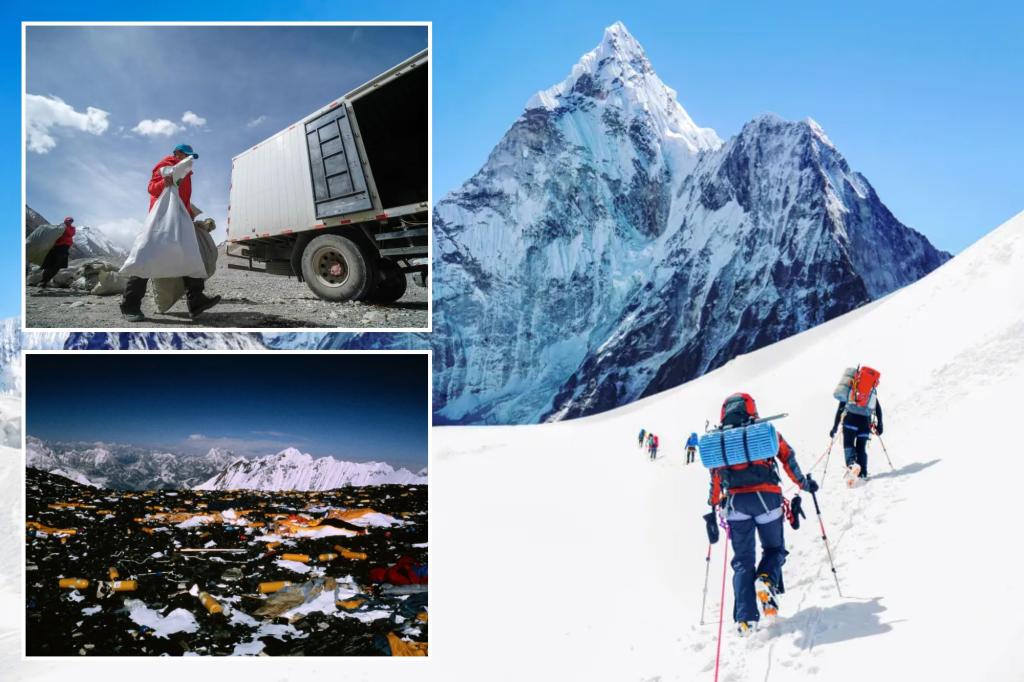Mount Everest climbers are now required to pick up their own poop using odorless biodegradable bags in an effort to combat pollution on the mountain. The bags are designed to contain chemicals that make human waste fragrance-free, helping to reduce the overall environmental impact caused by climbers. The problem of human waste on Everest has been a longstanding issue that has polluted the mountain environment. In 2022 alone, climbers generated over 77,000 pounds of waste on Mount Everest.
A report from the Sagarmatha Pollution Control Committee highlighted the need for a cleanup of Everest to protect the health of nearby residents and reduce pollution in the region. A mountain cleanup campaign in 2023 collected a total of 78,722 pounds of waste and plastics from Everest, showcasing the magnitude of the issue. The Nepali Army collaborated with Unilever Nepal to spearhead the initiative to eliminate waste and pollution on the mountain, a significant step in the right direction.
The new poop pickup requirement comes ahead of an estimated 1,200 people expected to hike on Mount Everest, according to the Nepal Mountaineering Association. Tourists typically visit the mountain between March and May in the spring and October through November in the fall. Experienced hikers prepare for their “summit pushes” on the mountain, where they challenge themselves to reach the China-Nepal border at the summit. Each person produces around 250 grams of excrement per day during their stay on the higher camps for the summit push.
The introduction of the odorless biodegradable bags aims to address the longstanding issue of human waste pollution on Mount Everest. The requirement for climbers to pick up their own waste is a positive step towards reducing pollution and waste on the mountain. The collaboration between the Nepali Army and Unilever Nepal demonstrates a commitment to preserving the environment and protecting the health of those living near the base of the mountain. As climbers continue to flock to Everest for their summit pushes, measures like these are critical to mitigating the environmental impact of human activities on the world’s tallest mountain.


